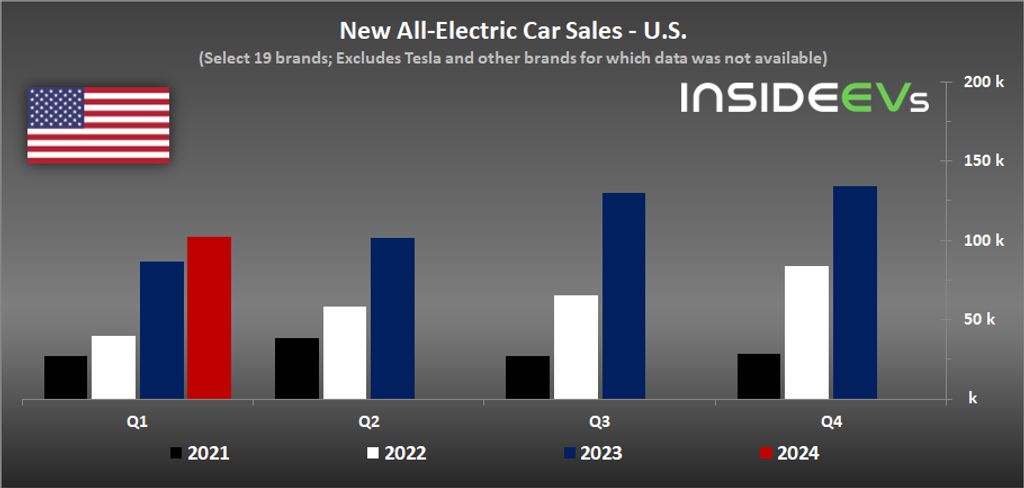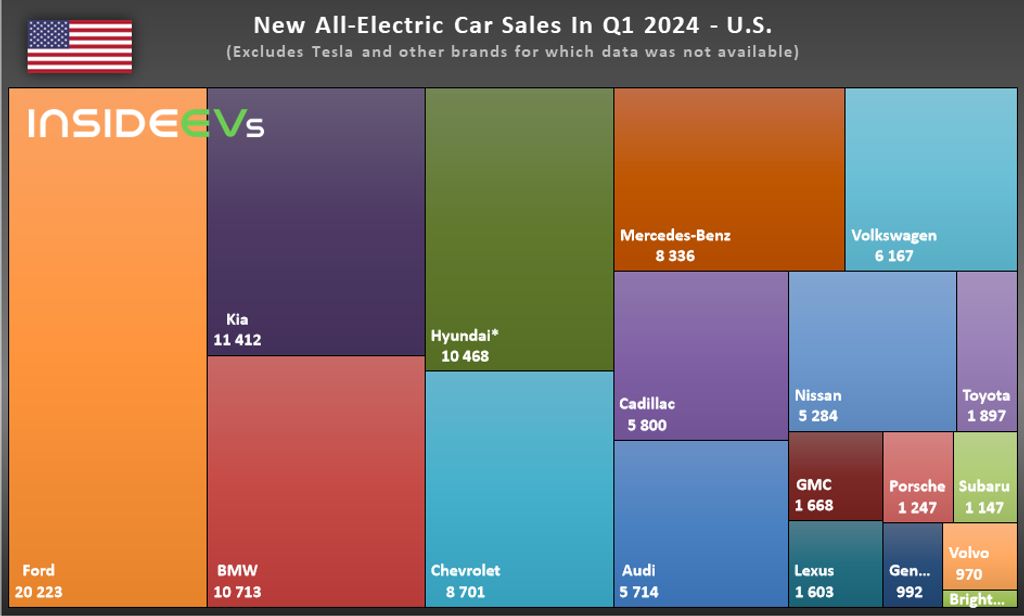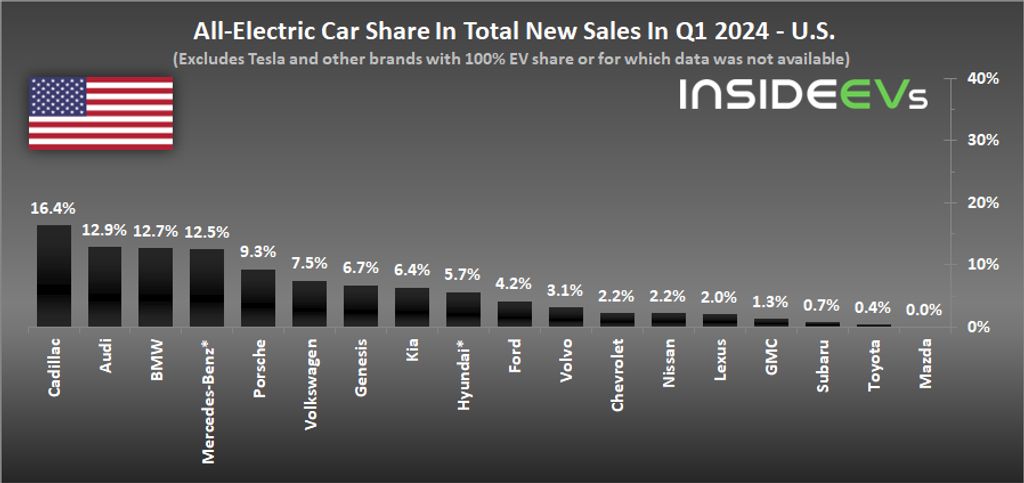Launching the Washington EV Affordability Initiative
In an effort to make sustainable transportation options more accessible, Washington State has rolled out a significant incentive program specifically targeting middle- and lower-income families. This August, the Washington State Department of Commerce will initiate an offering of up to $9,000 in instant rebates for those leasing new electric vehicles. This initiative aims to reduce financial barriers, making it feasible for families to lease models like the Toyota bZ4X for as little as $56 a month.
Reducing EV Costs with State-Sponsored Rebates
The typically high costs associated with electric vehicles can deter many potential buyers. Addressing this issue head-on, Washington State’s new initiative will substantially decrease monthly lease payments. The program is comprehensive, extending $5,000 rebates for new EV purchases and $2,500 for used electric cars, broadening the affordability of clean transportation.
Leveraging Tax Incentives for Greater Savings
Tax incentives are vital in promoting the adoption of electric vehicles by significantly reducing ownership costs. Washington residents can augment state rebates with a $7,500 federal tax credit and a state sales tax exemption for zero-emissions vehicles, enhancing the affordability of these green cars. These financial incentives are designed not only to lower upfront and ongoing costs but also to support the state’s environmental objectives by boosting cleaner vehicle usage.
Detailed Insights and Strategic Outcomes
Illustrating Cost-Effective Leasing Opportunities
An example from the program shows profound potential savings: a typical three-year lease costing an initial $10,364 could be lowered to just $2,798 after applying the state’s rebate, translating to an effective monthly cost of about $78. This stark reduction demonstrates the impactful role that state and federal incentives can play in making EVs financially accessible to a wider audience.
Diverse Vehicle Choices Enhancing Consumer Reach
Washington’s incentives are not limited to a single vehicle type but cover a variety of models to suit different needs and preferences. With these rebates, monthly expenses for other models like the Hyundai Kona and Nissan Leaf are expected to drop to $78 and $87, respectively, while even premium models like the Tesla Model Y could become more accessible at around $207 per month. This flexibility ensures that a broader demographic can find an electric vehicle that aligns with their financial and lifestyle requirements.
Criteria for Rebate Eligibility and Future Goals
The rebate program is structured with specific eligibility criteria, aimed at supporting those who need it most—families earning below $93,600 annually, or single-person households earning less than $45,180, can qualify. Governor Jay Inslee has highlighted that these rebates are intended to democratize access to electric vehicles, thus fostering a sustainable transportation ecosystem. Funded through June 2025, the program anticipates distributing between 6,500 and 8,000 rebates, aiming to set a precedent for environmental leadership and community health enhancement through improved air quality.




